Interaction Design is here for everyone!

Study Interaction Design at the HfG Schwäbisch Gmünd
We don’t just make apps! Not only online, but wherever new digital technology emerges, there are exciting jobs for interaction designers. Because technology alone does not make a good product only through innovative ideas and a coherent design do meaningful applications emerge that are easy and fun to use – that is our goal!
We explore in the professional areas of: apps, websites, web design, software and gadgets for museums and schools, DJs and musicians, for doctors and the fire brigade or air traffic controllers and transport service providers. We also have everyday users in mind in our Bachelor’s program: social networks, new mobility concepts, travel platforms, digital kitchens, pedestrian navigation – our topics cover the entire spectrum of the digital world.
Our Bachelor’s degree program is fully (but not only) digital
At its core it’s about everything digital. But it doesn’t stop there. We also work closely with product designers on projects for example, when designing vehicle fittings, interactive exhibits for museums or devices for the “smart home”.
A lot of everything, please!
As an interaction designer you work at the interface of design (of course), psychology, mechanical engineering and computer science. Because to design good products, psychological basics are as important as being able to talk to other specialists from mechanical engineering and computer science …
Technology and Programming? Yes, but …
In our course of study you will get an insight into digital technology and programming – as much as is necessary for the design. If you like, you can deepen your knowledge in the Bachelor’s program, but computer scientists are better at programming. We are a university for design. So you don’t need an A in math or programming skills to study IG with us.
Or perhaps media IT instead?! Our tip: there are similar-sounding bachelor’s degree programs in computer science faculties. In the curriculum you can see that classical computer science and engineering subjects predominate there – supplemented by a few design or usability seminars. This does not mean that these courses are bad. You should, however, consciously choose a design or computer science focus. In plain language: If you study „user experience“, „digital media“, „web design“, „digital design“ etc. in a computer science department, you will later have different skills and tasks than our graduates. Do you want to become a computer science engineer and develop technology or do you want to make technology usable as a designer?
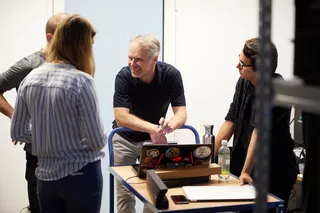
A few words about fundamentals and focus areas
In the IG degree program, you set your own focus. As in all HfG degree programs, there is a rovust study of fundamentals so that your basics of skills and abilities are in place. From the first semester, you will work in small teams on your own projects and on basic design problems, and then implement them. From the fourth semester on, you choose your focus:
-
Application Design
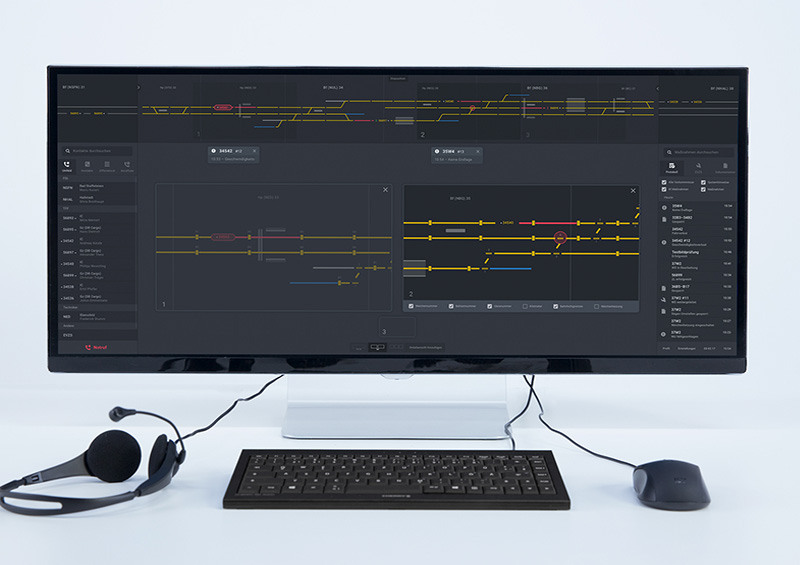
The classic. This is about conception, appearance and behavior of software products, about usability („can I use it well?“) and about the appearance of your „clients“.
-
Interface Design
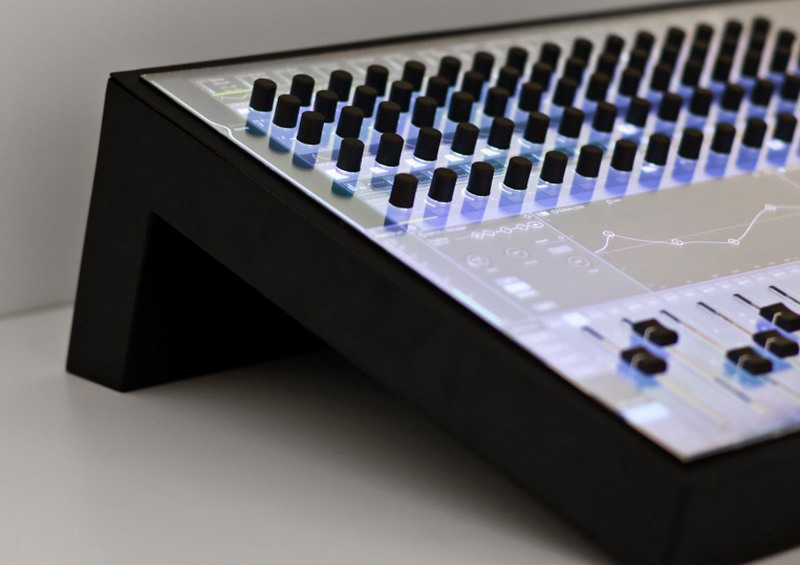
„Interface“ is the name given to the intersection between humans and computers. Mostly, one thinks of interfaces on the monitor or cell phone. However, we also use input devices such as hardware buttons and controllers or gesture and voice interfaces – or come up with new input devices for info terminals or digital instruments.
-
Interface Communication Systems
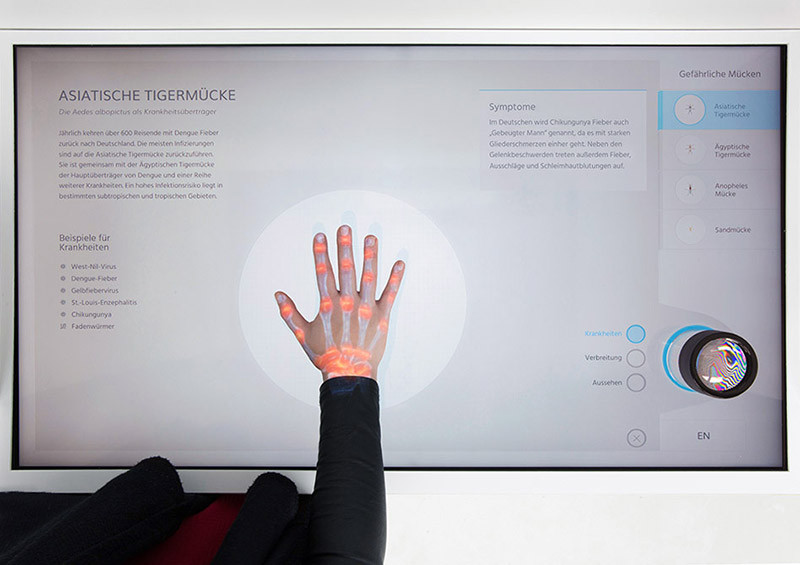
Okay, quite an unwieldy name – these are projects that focus on content and knowledge. For example, when we convey information in museums or in knowledge management in companies. It sounds dry, but that’s the job: to present the hard facts in a way that grabs you and makes it exciting and understandable.
-
Invention Design
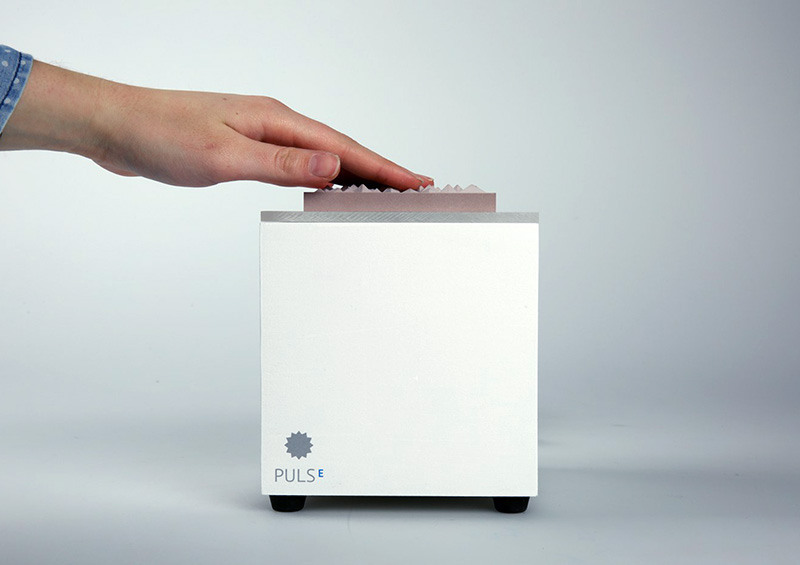
You you are allowed be creative have fun – but with a methodology. Translated into official university German: research-experimental studies. Here you design innovative products and services with an eye on the future. Your inspiration? The latest technological and social trends.
Similarities and differences
For us, the question is what is actually „meaningful“. Not everything that is feasible should be done – this is not only true for nuclear bombs. And not everything that sells is also a good thing. At the HfG Schwäbisch Gmünd, we have something against purely commercial advertising and disposable products. We are not interested in shooter games and interfaces for military drones either. We just do the good stuff- for everybody. Right at the forefront and in uncompromising quality.
Your Bachelor Studies at the HfG!

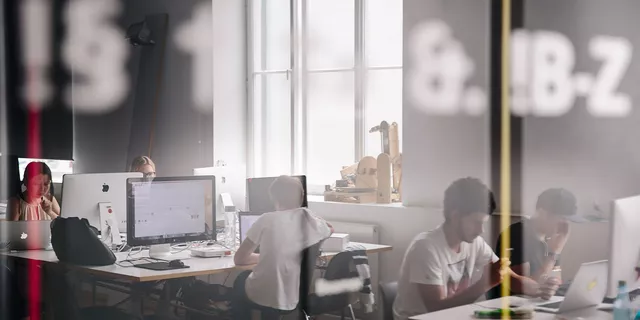
A small project overview
Apart from the creative tools of the trade, the University also teaches a critical approach. Every project is preceded by solid research. The approach is methodical and rational; the design is user and problem oriented.
We do not develop advertising or disposable products. Many projects deal with aspects of sustainability, disaster and development aid or the medical sector.
Here’s where we work
We “HfGers” enjoy a very good reputation. You can find us in start-ups, design offices, in design departments of industry, employed or self-employed and as founders. No secret: The demand for Interaction Designers is much higher than the supply, as there are only a few comparable courses of study in the Germany.
At DB Systel, as a User Experience Designer, I conceive and design applications for the employees and customers of Deutsche Bahn.
I accompany customers during product development with prototypes, conception and visual design. Depending on whether it is an app for the web or a hardware product in the end. In all projects, it is important to us that we proceed user-orientedly and use the right methods.
As a full-stack designer at moovel, I am responsible for the user-oriented conception and design of our apps for all of Germany. Furthermore, I am responsible for user research and user testing as well as for programming prototypes to test our apps with our users.
I am a research assistant for speculative and generative design in the context of politics, society and new technologies.
Ask Us
Any questions? Then contact our degree program coordinator for interaction design at the HfG Schwäbisch Gmünd:
